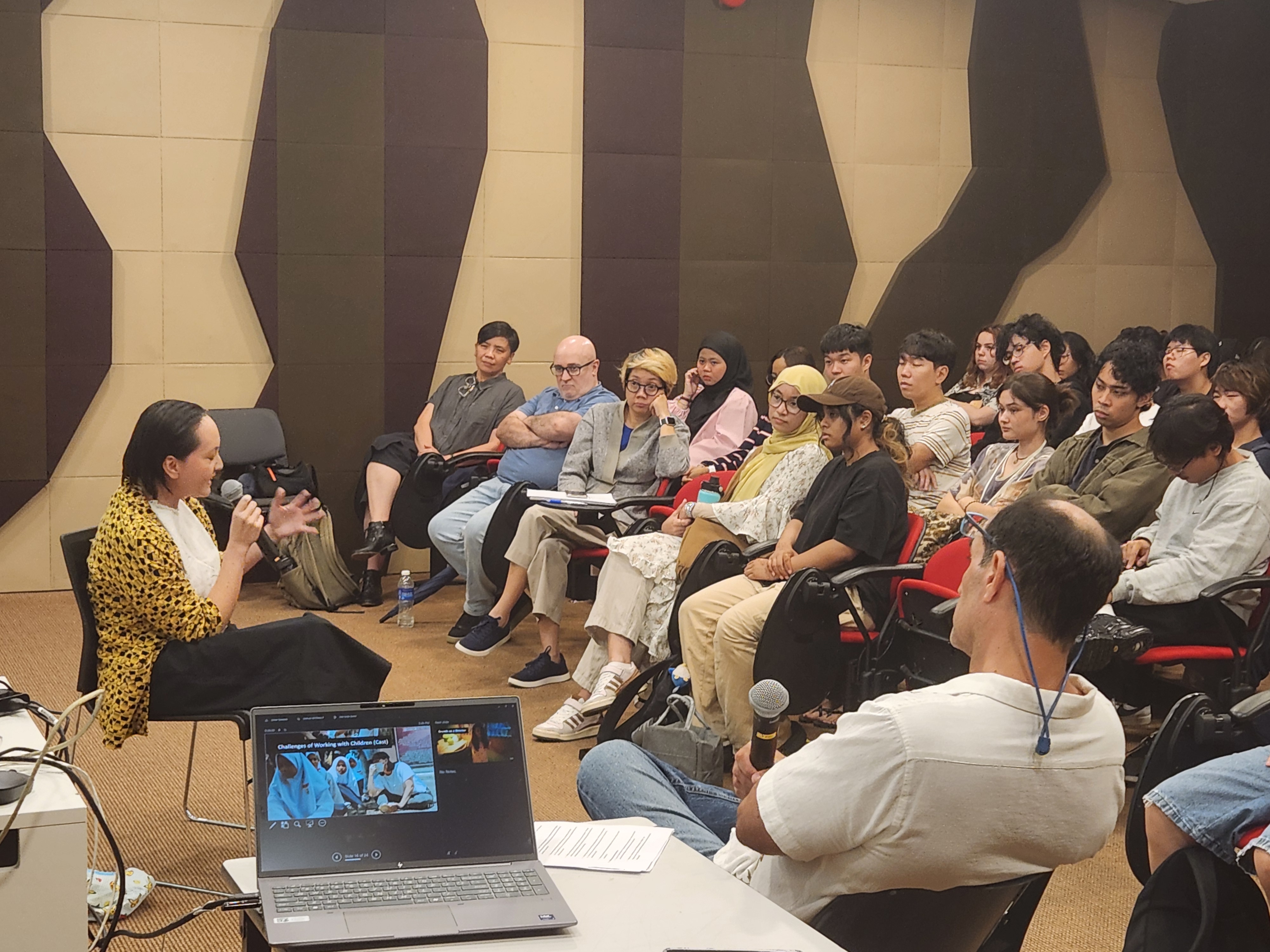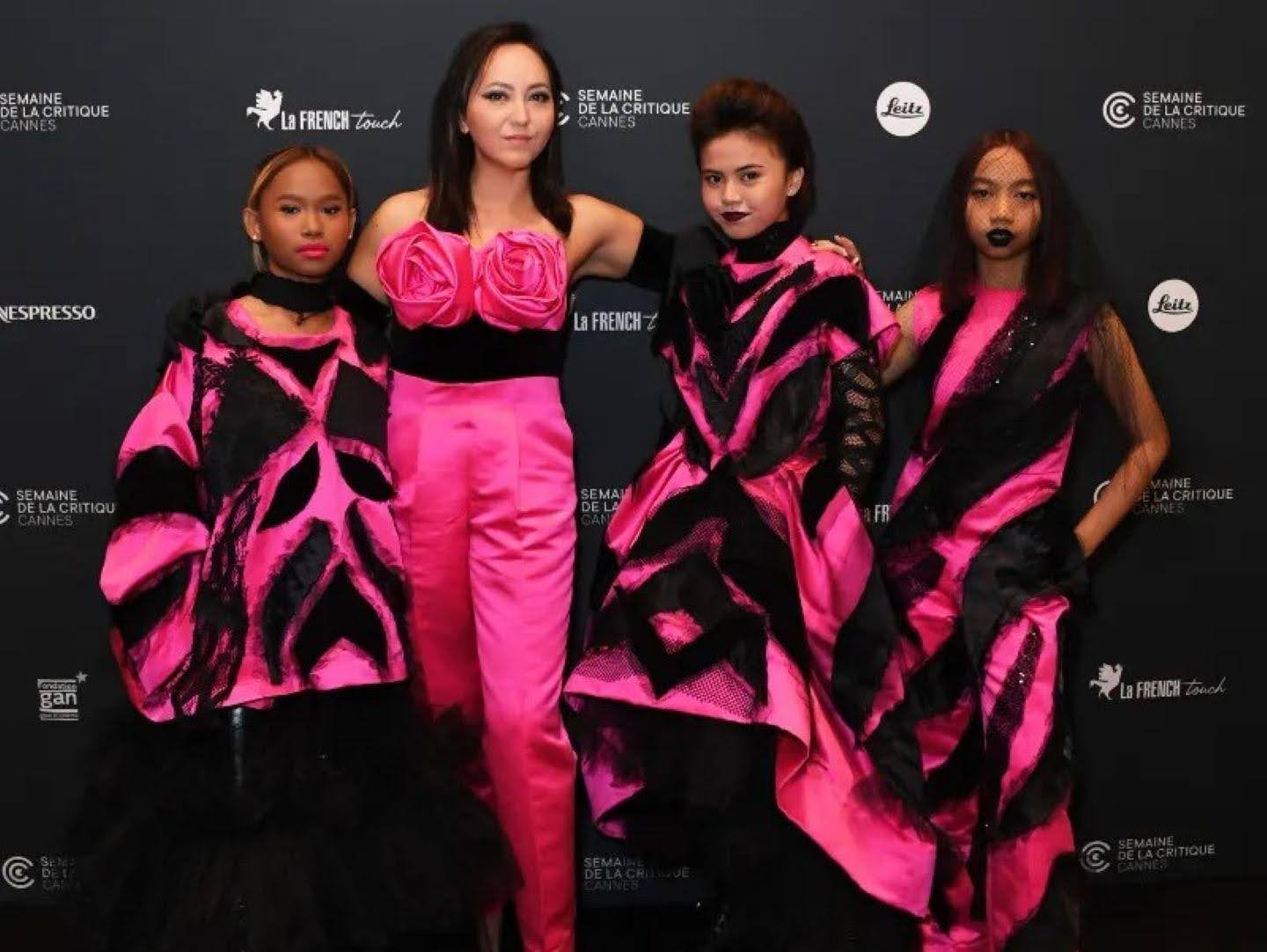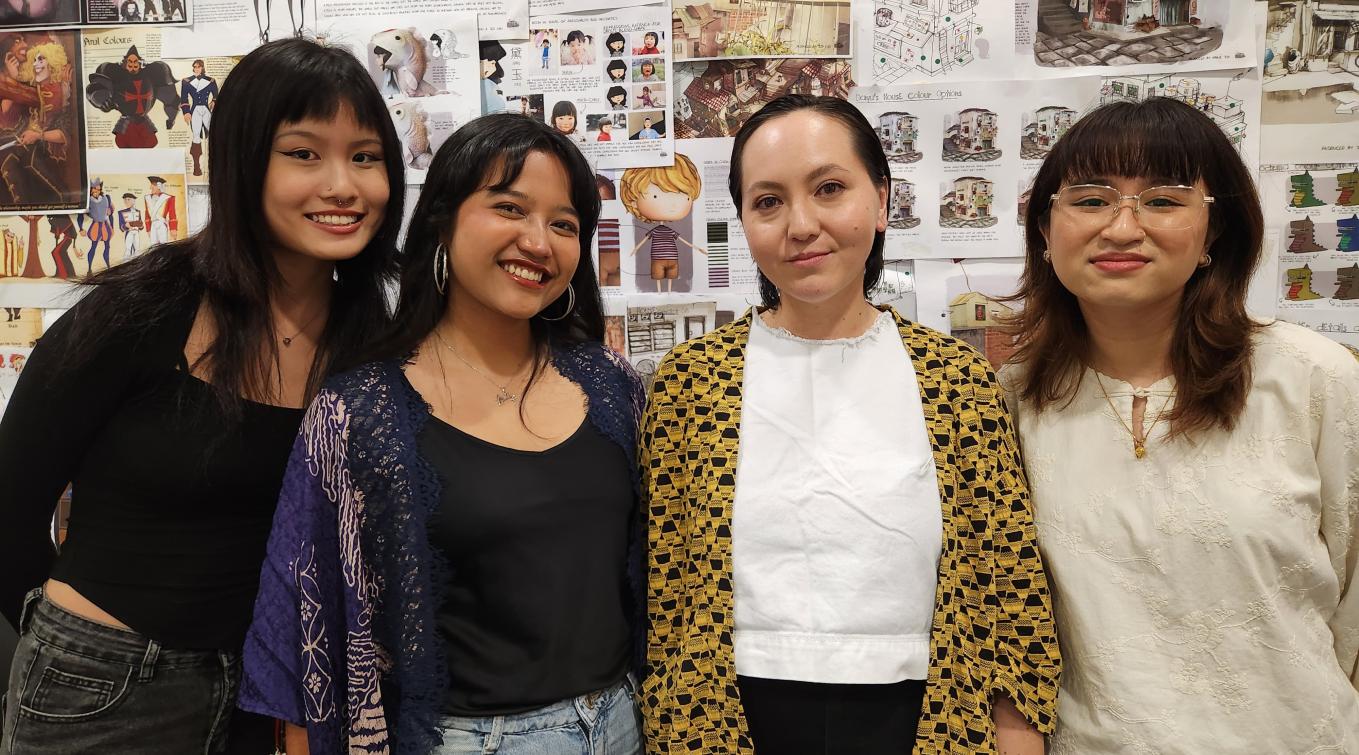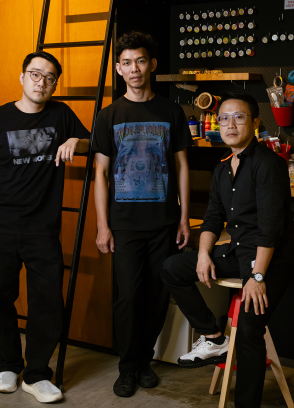This interview was conducted by BA (Hons) Film Year 1 students Ananda Dewayani, Lee Jia Ean and Ruzana Khan and has been condensed and edited for clarity.
Earlier this year, the Puttnam School of Film & Animation welcomed award-winning Southeast Asian filmmaker Amanda Nell Eu as its Artist in Residence, fresh off the Netflix premiere of her debut feature film Tiger Stripes, a Cannes Critics’ Week Grand Prize winner. It was later selected as Malaysia’s official entry for Best International Feature Film at the 96th Academy Awards.
The international artist residency programme is designed to enrich the BA (Hons) Film programme by facilitating first-hand access to acclaimed filmmakers from across Asia. During her residency, Amanda mentored final-year students on their capstone films, conducted tutorial sessions with junior cohorts, and led an “In Conversation” session attended by the entire student body and industry partners, providing valuable professional insight into her working methods, creative insight and experience.

Speaking to BA (Hons) Film students Ananda Dewayani, Lee Jia Ean and Ruzana Khan, Amanda discusses her childhood, telling compelling, culturally specific stories and advocating for your voice in filmmaking.
It has been a genuine pleasure having you as our Artist in Residence! We're very thankful for your presence and insights, and we have been incredibly inspired by Tiger Stripes.
Can you tell us more about Tiger Stripes and the inspiration behind it?
I grew up in the UK since I was 11 years old and also went to film school there. Growing up in the UK, I didn’t fit in because I didn’t look like everyone else. When I moved back to Malaysia, I spoke, behaved and dressed differently from everyone else. I felt like an outcast in both cultures and that I had lost my voice as an artist, so I started making short films. The first, It's Easier to Raise Cattle, was me figuring out who I was.
When I started making my shorts, I fell in love with horror because I related to its monsters. I realised that while I had become the monsters I feared as a kid, they’re actually really cool with their superpowers. With Tiger Stripes, it was very much this idea of the ‘monstrosity’ of being a child getting your first period.
I was playing with the claws and monsters of the horror genre, while invoking a sense of humour in calling a young girl a real-ass monster.
This narrative is so compelling. What is your personal connection to it? What research informed the film's themes and specific cultural details?
The genesis was remembering what it was like to go through puberty and feeling visceral fear of my body. The next day, the world changes, and society starts throwing all this heavy baggage on you, something a child shouldn’t have to deal with.
What Zaffan goes through in Tiger Stripes is an incredibly universal feeling of being a young girl in school, navigating friendships and feeling like the odd one out. I think that's why the film was able to travel to so many regions. Everyone has felt like an outsider and monster at that age.
For research, I went to many schools in Malaysia and spoke with teachers. This research was further developed in workshops with the young actors. They backed up the fact that nothing has changed. They still feel so much fear and shame about the world—of their bodies, peers, adults and teachers.
We also noticed how striking the poster is. Can you walk us through the process behind choosing an illustration and what you hoped to communicate visually?
From the get-go, I was inspired by Malaysian print magazine Mastika, which has this Southeast Asian texture of horror and humour. It always had these kinds of warped illustrations and watercolours—so enticing and comical and bizarre!
Your film incorporates modern visual elements, notably shots styled as smartphone footage or TikTok videos. What was their creative intention?
I was portraying the story of an 11-to-12-year-old, and you can't hide from the fact that social media plays such a big part in their lives. When I was that age, we didn't have social media, so the gaze on our bodies had a different feel.
Nowadays, you can learn endless information about the world through a vertical screen, and kids grow up seeing others’ bodies changing online as well, so it was really important to include that in the story. The girls shot the smartphone footage themselves. I wanted to include their gaze in the film.
How did superstition and folklore play into Tiger Stripes?
People always ask me, "Oh, you love horror. Do you believe in ghosts?" My take on it is that I love that people have beliefs and fears.
A lot of stories stem from real human emotions, like how people believe that menstruation is dirty and fear that spirits are able to smell it. People fear what's very natural to a female body, so I capitalised on that. However, we should also have a sense of humour about it.
Many of the colours and motifs of the film come from existing Southeast Asian visual language, with tigers and creatures of the forest and women with glowing eyes in trees.
What key messages do you hope will resonate with audiences, particularly concerning the portrayal of the female body with the complexities of girlhood and the role of women within the horror genre?
I can never answer for the audience because the audience is the audience, and I'm just the storyteller.
I love to tell stories about unlikable characters and their complex relationships. That was something that I wanted to portray within the friendship of those three girls. There is so much love, beauty and innocence, but also so much hatred and rejection. It all intertwines, and it's not just, “Girl power, we all support each other!”
We also want to congratulate you on Tiger Stripes winning the Critic’s Week Prize at Cannes. What were your immediate feelings upon the film's success at Cannes and then later on its selection as Malaysia's Oscar contender for Best International Feature Film?
It's great! Definitely not expected. When you make a film, you don't have expectations like that. Of course you want a lot of success, but when you're making it, you just try to make the best film that you can and want to make. As long as you're happy with the final piece, that's what matters. I'm really grateful for the film's career, what it has accomplished and where it has travelled.

Given the strict media regulations in Malaysia, what was your experience navigating those parameters during filmmaking? How did you approach the required cuts for the film’s theatrical release in Malaysian cinemas?
I think everyone’s first film is so precious. One should have that chance to really express themself and not self-censor.
When my film had to be censored, I publicly expressed my anger, though I understand that not everyone can do that. The way we put the film together and financed it allowed us the freedom to be 100% ourselves and not answer to anyone. I even tell people not to watch the censored version of the film.
Your first feature is your big opening in this industry—always fight for your voice.
What advice would you give to film students and aspiring Southeast Asian filmmakers?
Quit. [laughs]
Take time to learn what your voice is and then it will all click. It does not come immediately, so allow yourself to build up your knowledge of art beyond films—there's music, theatre, visual arts, history and literature. Enjoy that! It's fun to do anyway.
Understand who you are in context to the rest of the world. Your personality, humour, the way you deal with things, the way you tell or not tell jokes—everything is unique to you. And always fight to express yourself in your films.
What other stories do you hope to bring to the big screen in the near future?
More bloody, weird stories about selfish, greedy women who are actually amazing and beautiful.
Thank you, Amanda, for spending time with us and sharing valuable insights into your creative process. We wish you the very best in your next adventures in filmmaking.




